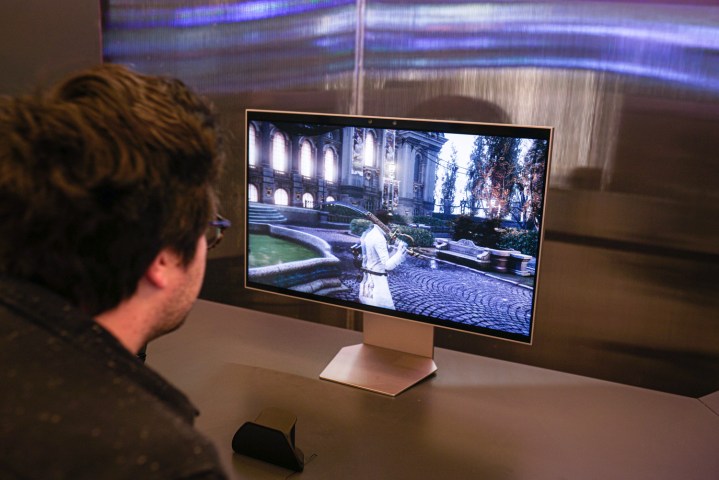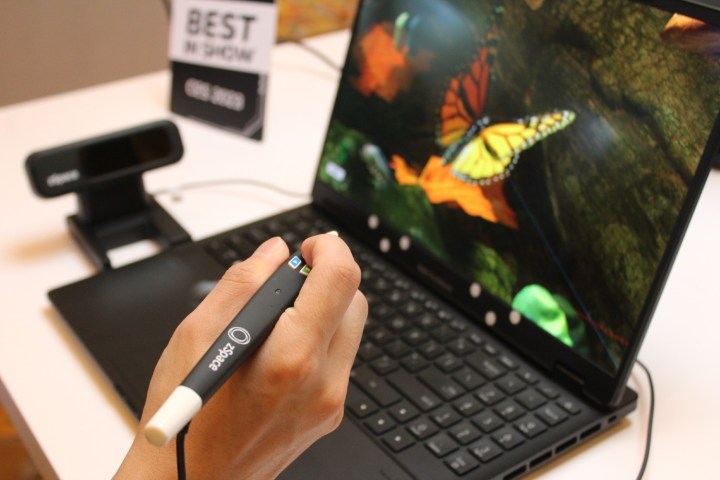
Glasses-free 3D is experiencing a resurgence, delivering a highly immersive experience for gaming and other applications. The technology uses eye tracking to create the illusion of depth on a 2D screen. At CES, I had the opportunity to experience two similarly designed 3D gaming monitors, but it’s clear that execution is key for this new wave of monitors to make a lasting impression.
A tale of two methods
Both monitors featured 27-inch displays, utilized eye tracking, and required a specific viewing position for the optimal 3D effect. Samsung’s 3D monitor showcased an excellent tech demo with a game called Lies of P, while Acer’s Predator SpatialLabs View Pro 27 impressed with an extensive feature set and improved 3D effect.

Acer’s SpatialLabs TrueGame program played a significant role in enhancing 3D experiences, providing audio and visual improvements for compatible games. Compared to Samsung’s monitor, Acer’s approach delivered a much more compelling and engaging 3D experience.
Going a step further

3D monitor technology continues to advance, extending beyond gaming to include interactive design and innovative 3D demonstration programs. Companies such as Breylon are pushing the boundaries with multifocal displays, which add depth and realism to visual elements. These advancements pave the way for a potential revolution in gaming and computing technology.
Editors’ Recommendations


